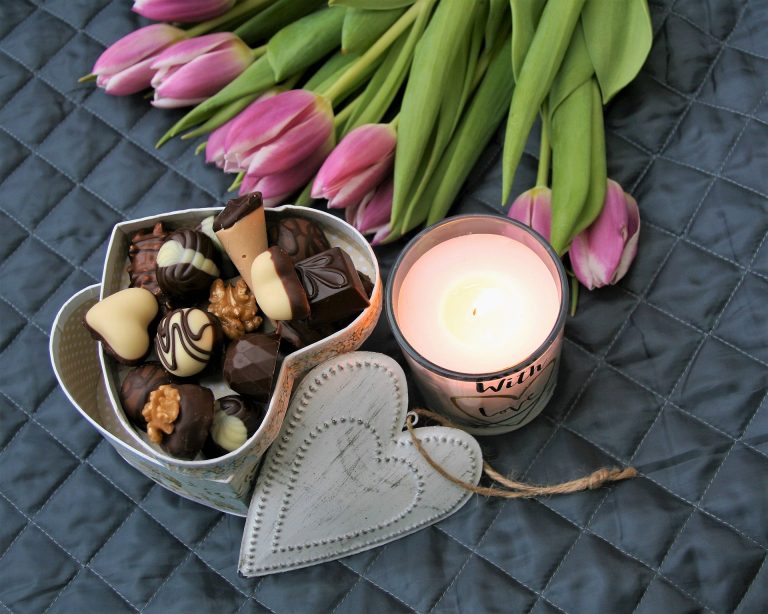Afternoon Tea Sets: Components, Customs, and Recommended Teas
You have likely encountered the concept of an afternoon tea set, whether in books, films, or while traveling, but may not be familiar with all its nuances. As you explore hosting the tradition yourself, consider key components like teacups, saucers, teapots, creamers, sugar bowls, and serving plates. Etiquette varies by culture, but gentility and grace are universal hallmarks. The ideal setting is one of comfort, leisure, and connection. Black, oolong, herbal blends, or floral teas complement scones, sandwiches, and sweets. While customs have changed over the centuries, the essence of afternoon tea remains hospitality, conversation, and savoring simple pleasures.
Traditional Components of an Afternoon Tea Set
A traditional afternoon tea set typically includes the following pieces:
Teapot – Used to brew and serve tea. Usually made of porcelain, ceramic, or silver. May come with a cozy to help retain heat.
Tea cups and saucers – Small cups with matching saucers for drinking tea. Bone china or porcelain are common materials. Cups often have decorative patterns.
Creamer and sugar bowl – Used for adding cream, milk, or sugar to tea. Often matching sets made of fine china or silver.
Tea strainer – A small perforated tool used to strain loose tea leaves when pouring from the teapot. May be silver, stainless steel, or mesh.
Tea cake stand – A tiered serving stand for displaying tea cakes, sandwiches, scones and other treats. Usually made of silver, ceramic or glass.
Napkins – Linen or paper napkins to use while partaking in afternoon tea.
Tea caddy – A decorative container used to store tea leaves. Keeps tea fresh between uses.
An afternoon tea set may also include butter knives, teaspoons, dessert forks or fruit spoons depending on the accompaniments being served. Leading brands for afternoon tea sets include Wedgwood, Royal Albert, Royal Doulton, and Harrods.
When using an afternoon tea set, it is proper etiquette to pour tea for others before oneself, hold the teacup handle with the index finger and thumb, and avoid clinking teacups together. Afternoon tea is traditionally taken between 3 and 5 pm, and black, oolong, white or herbal teas are commonly served. Overall, a tea set provides an elegant backdrop for this refined British custom.
Etiquette and Customs for Afternoon Tea
When invited to an afternoon tea, arrive on time or up to 10 minutes early.
Dress appropriately for the occasion – smart casual attire or business formal are suitable options.
Wait for the hostess to pour the tea before adding milk or sugar. Stir gently to avoid clinking against the cup.
Place your napkin on your lap and keep your pinky finger down when lifting the tea cup. Sip quietly from the cup.
Only take small sandwiches and scones as they are passed around to ensure everyone gets to sample them.
Use the proper utensils and plates provided. Place used utensils on the saucer or plate when done.
Engage in light conversation with other guests about neutral topics like the weather, arts, or travel. Avoid controversial issues.
Send a thank you note to the hostess within a few days appreciating their hospitality.
Afternoon tea customs originated in England among the upper classes in the mid-19th century. It was a time to socialize and take a break from their busy schedules.
Tea sandwiches and scones were included as small snacks, followed by sweet pastries. The menu showcased the hostess’ good taste and hospitality.
Over time, afternoon tea became associated with special occasions like bridal showers and birthdays. Tea rooms also popularized the tradition.
While the etiquette has relaxed today, afternoon tea retains a sense of refinement. The tea setting evokes images of civility and grace.
Some key points on afternoon tea etiquette reflect politeness and consideration for your hostess and fellow guests. With the proper manners, you can fully enjoy the tasty treats and conversation at this delightful tradition.
The Ideal Setting and Occasion for an Elegant Afternoon Tea
An afternoon tea set creates the perfect backdrop for a refined social gathering. When using your tea set, keep in mind some etiquette and customs to create an elegant affair:
Afternoon tea is traditionally taken between 3-5 PM. This may be pushed back to 4-6 PM for a more modern schedule.
The ideal setting is a calm, intimate space where guests can enjoy pleasant conversation. Opt for a quiet living room, sunroom, or garden patio.
Extend invitations 1-2 weeks in advance. Afternoon tea attire is smart casual to semi-formal.
Set out chairs for each guest around a central table. Having multiple small tables also works well.
Play soft background music like piano or strings to enhance the ambiance.
Display the tea set prominently as the visual centerpiece. Arrange savories, sweets, linens, and florals attractively.
Pour tea for guests and offer milk, lemon, or sugar as desired. Replenish tea as needed.
Afternoon tea etiquette creates a refined yet relaxed atmosphere perfect for bridal showers, baby showers, birthdays, holidays, or simply an everyday social gathering with friends or family. With attention to customs and setting, your afternoon tea set provides the framework for an unforgettable event.
Recommended Types of Tea for Your Afternoon Tea Set
When selecting teas to accompany your afternoon tea set, there are certain varieties that are considered classic choices. These teas pair beautifully with the sweet and savory bites typically served during an afternoon tea service.
Black tea – The most popular tea for afternoon tea. Varieties like English Breakfast, Earl Gray, and Darjeeling are robust yet smooth, pairing well with scones, sandwiches, and desserts. Assam and Ceylon teas also make excellent choices.
Oolong tea – Offers notes of honey and fruit, oolong is lighter than black tea and will not overpower delicate pastries. Try varieties like Da Hong Pao or Ti Kuan Yin.
Green tea – Green teas like Sencha, Matcha, and Houjicha offer vegetal and grassy flavors that complement sweeter items. The lower caffeine content is also ideal for afternoon tea.
Herbal tea – Caffeine-free herbal infusions like chamomile, peppermint, and rooibos provide calming, soothing notes. They can be enjoyed on their own or blended with black or green tea.
Flavored tea – Earl Gray, chai, and other flavored black teas incorporate aroma and taste to enhance the afternoon tea experience. Bergamot, vanilla, and fruit flavors are popular choices.
When preparing your afternoon tea, be sure to follow proper brewing instructions for each variety you select. Pay attention to recommended water temperatures and steeping times. This will allow the distinctive flavors of each tea to properly infuse and be appreciated. With an array of exquisite teas and delicacies, your afternoon tea set will provide an oasis for relaxation and refined indulgence.
The History and Evolution of Afternoon Tea Sets
The tradition of afternoon tea began in England in the early 1800s.
Over time, ornate tea services were developed for the upper class, often made of fine porcelain and silver. The components in a classic afternoon tea set include:Teapot, Creamer and sugar bowl, Tea cups and saucers, Serving plates and tiered stands, Utensils like teaspoons, cake forks.
The setting is typically formal, with a tablecloth and proper place settings. Guests dress up, and conversation is light and refined.
There are customs around preparing and serving the tea. The host pours, then offers milk and sugar. Napkins on laps, pinkies up when sipping from cups.
Sandwiches, scones, and sweets like cakes or cookies are served. Recommended teas are black teas like English Breakfast, Earl Gray, or Darjeeling.
Over time, afternoon tea customs have relaxed. Tea sets today exhibit more variety and creativity. The focus remains on taking a break to socialize over tea and treats. Afternoon tea experiences can now be found at hotels, restaurants, and cafes. Explore a stunning collection of English tea sets for your own elegant afternoon tea at https://www.teasetbox.com/collections/tea-sets/english-tea-sets/.
Conclusion
As you prepare to host or attend an afternoon tea, understanding the components, customs, and recommended teas will ensure a refined and enjoyable experience. With your tea set fully equipped, table properly set, and manners on display, you can immerse yourself in this time-honored tradition. Approach the occasion with an open mind, observing etiquette while making it your own. Savor the tea, treats, and conversations that unfold. Let the ritual of afternoon tea nourish your spirit and connections in a classic, yet fresh way. At just over 100 words, this conclusion summarizes key points and looks ahead, inviting readers to bring the insights to life. It aims to pique interest in embracing teatime traditions.
Stay in touch to get more updates & news on Discover Tribune!






